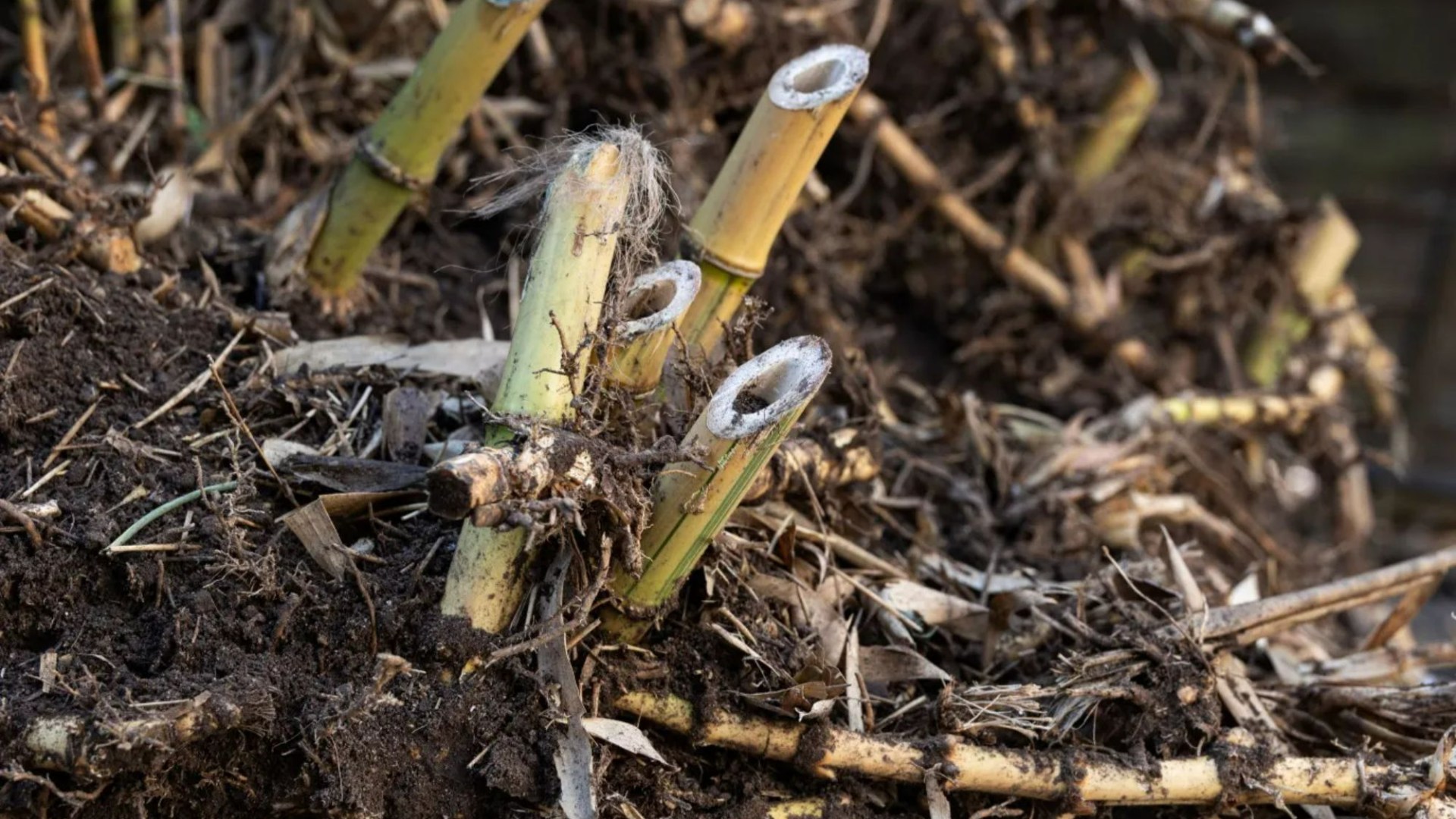The government appears to have four key objectives ahead of its first Budget next week:
- Cover the £22bn black hole it has uncovered
- Make the UK pension system less or non-dependent upon state support
- Encourage the UK population to become more financially self-reliant
- Encourage investment in UK business
With these in mind, here are my big four predictions for the day.
1. Pension scheme to provide a side-car cash account
According to the Financial Conduct Authority, one in three UK adults have either no savings or less than £1,000 accessible. This means they are ill-equipped to respond to cashflow shocks, such as an unexpected bill.
Workplace pension provider Nest has, for some time, been running its side-car initiative, combining a savings account with its pension scheme. This creates three benefits the broader population could also benefit from:
- Budgeting and cashflow management
- Building emergency savings
- Working towards a near-term savings goal
This appears to have been a great success, so it would be sensible to extend the benefit to the 12 million-plus pension holders in the accumulation phase.
2. Make better use of tax-free cash allowance
Most of us can take tax-free cash equivalent to 25% of the value of our accumulated pension savings, up to a maximum of £268,275.
Ultimately, this allowance encourages one in four pounds saved tax efficiently to fund retirement to instead be spent on whatever the owner likes. This gives the UK economy and HM Revenue and Customs (HMRC) a boost, as the likes of cars, kitchens and holidays are often purchased.
That said, taking the cash results in a smaller income for the owner for the rest of their life, and potentially their dependents too. This makes both more likely to become reliant upon the state to financially support them later in life.
Could the allowance be restructured to encourage saving and for the average retiree to see more value in boosting their income in retirement than taking the tax-free cash?
This could be done by retaining the 25% allowance but setting a threshold at which it becomes available. A minimum level of secure income required before tax-free cash becomes an option.
We can use the Pension and Lifetime Savings Association (PLSA) annual Retirement Living Standards report to help us set the threshold. This states a minimum level of income required in retirement – £14,400 for a single person in 2024/25, excluding rent/mortgage costs.
With the state pension currently providing £11,502, this leaves those without an alternative income source some £2,900 below the PLSA minimum level. To put it another way, the state provides only 80% of the income needed.
To buy a secure inflation-linked lifetime income to make up the shortfall would currently require around £70,000 for a single person, non-smoker, in good health.
For someone on a UK average salary of £35,000, this would take about 15 years to accumulate. Bearing in mind the average working lifetime is 45-50 years and we have auto-enrolment with a compulsory 8% contribution rate, this seems realistic.
Looking at this from a consumer’s perspective, hardly anyone knows how much they need to save. The £70,000, therefore, becomes a minimum goal, while also making it clear they will be rewarded for exceeding it through the 25% tax-free cash allowance.
This incentive works just as well for the self-employed as it does the employed. This is important, because, currently, some four million self-employed individuals are not saving for their retirement.
Further consideration needs to be given to how the system would work for:
- Couples, who, according to PLSA, require a minimum income of £22,400.
- Those with protected characteristics as defined by the Equality Act 2010 – i.e. women and the disabled. This is because they are more likely to be earning lower amounts and therefore may find the £70,000 parameter the hardest to reach.
3. Replacing tax relief on pension contributions with a flat rate top-up
Currently, savers can benefit from tax relief on their pension contributions at their highest marginal income tax rate.
There are two ways this is administered: relief-at-source (RAS) and net pay. Neither works for every employee, so could create claims of indirect discrimination brought under the Equality Act.
For example, non-taxpayers currently saving in a scheme that uses the net-pay system do not receive the relief to which they are entitled.
HMRC will start inviting those affected to receive correction payments from April 2025 – however, only for contributions made in 2024/25 and using a system fraudsters will recognise. Crucially, these payments will have limited appeal as they are relatively small in value, will be subject to income tax and, for those in receipt of Universal Credit, a further 55% clawback.
Looking at the bigger picture, tax relief currently costs the government somewhere in the region of £60bn. According to the Office for National Statistics, most of this value goes to higher and additional rate taxpayers.
This means removing the additional benefit for higher and additional rate taxpayers could save more than £30bn. Which is clearly more than sufficient to cover the £22bn black hole.
Replacing RAS and net pay with a flat rate of at least 20% will also remove the connection to the tax system.
From a consumer’s perspective, most savers will experience no difference. All non-taxpayers will receive the benefit they are entitled to. Higher and additional rate taxpayers will receive less, but, importantly, the same as everyone else as a percentage of their salary.
Further consideration needs to be given to defined benefit pension schemes. This is because they are dependent upon higher earners attracting the additional tax relief to meet their future liabilities.
However, this change may also create the environment in which the new style of pension, called collective defined contribution, can become a potentially viable alternative.
The decision for our new government is whether to continue with a complicated and expensive system that fosters inequality or move to a cheaper one that treats everyone the same.
4. Simplify Isas and encourage investment in the UK
Today, we can each place £20,000 per annum into an Isa and benefit from tax-free income and growth.
However, a large percentage of the £750bn in Isas is held in cash-based assets and international funds. This means they are benefitting from the UK tax system, while contributing very little to the economy.
We report on 775 different Isas, distributed through five different types of Isa. With so many options, the decision to drop the idea of a British Isa is welcomed.
That said, our new government still has the desire for invested wealth that attracts UK tax benefits to be benefitting the UK.
Therefore, I suspect Isas may be replaced or at least given a makeover, such as introducing a compulsory 20% investment weighting towards UK registered equities and UK-based infrastructure projects. Changes that are simple to understand, incentivise regular savings and ultimately drive investment in the UK.
While I would like to see the end of different types of Isa, within their replacement I can see value in offering cash bonuses for those saving to:
- Buy their first home
- Buy insurance against care costs
- Make regular income payments to charity
Richard Hulbert is insight analyst at Defaqto







































































































































































You must be logged in to post a comment Login